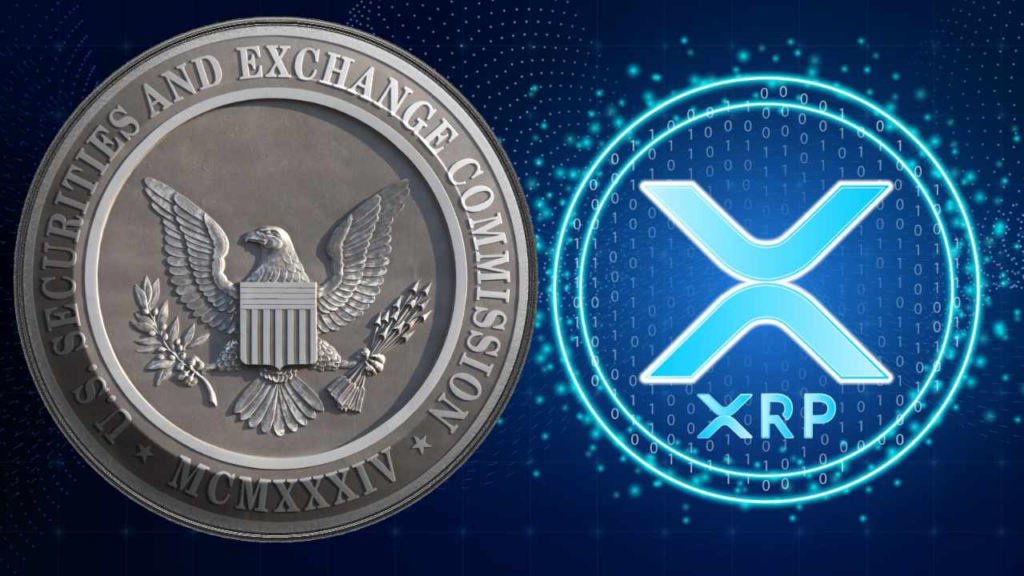After nearly five years of legal back-and-forth, the U.S. Securities and Exchange Commission (SEC) has officially ended its lawsuit against Ripple Labs. This long-awaited resolution marks a major turning point for the company behind the XRP token and could signal a broader shift in the U.S. government’s approach to crypto.

Why Was Ripple in Trouble?
Unlike decentralized cryptocurrencies like Bitcoin, which are mined and governed by code, XRP was issued directly by Ripple Labs the company behind the payment technology. This structure raised red flags for the SEC, which argued that Ripple was essentially selling XRP like a traditional security (like a stock or bond) without proper registration.

The legal drama began in 2020, with Ripple fighting to prove that XRP is a cryptocurrency, not a security. A judge partly sided with Ripple in 2024, ruling that XRP is only a security when sold to institutional investors not when traded on public exchanges. Still, the SEC appealed, threatening to drag the case out even longer.
Trump’s Pro-Crypto Administration Makes Its Move
Fast forward to 2025. With Donald Trump back in the White House and a clear pro-crypto agenda on the table, things started to shift.
The President appointed Paul Atkins, a known crypto advocate, to lead the SEC. Since then, the agency has either paused or dropped multiple lawsuits against major crypto companies like Binance and Coinbase. Ripple was no exception.

On August 7, the SEC officially withdrew its appeal against Ripple, bringing the five-year legal battle to an end. The crypto community sees this as a major victory not just for Ripple, but for the broader industry.
What Does This Mean for XRP?
XRP spiked earlier this year, hitting a new all-time high in July for the first time since 2018 a sign that investors were already anticipating a favorable outcome.

Also in July, the ProShares Ultra XRP ETF a leveraged futures-based ETF received approval, offering traders a new way to gain exposure to XRP. This move has fueled hopes that spot XRP ETFs (like we’ve seen with Bitcoin) could be coming next.
Why XRP May Still Struggle Long-Term
Despite the legal victory, some analysts remain cautious about XRP’s long-term potential because
Ripple Payments Doesn’t Require XRP
Ripple’s core product, Ripple Payments, allows banks to conduct instant cross-border transactions but XRP is optional. The system also supports traditional fiat currencies, so banks can benefit without ever touching the token.
XRP Lacks Scarcity and Decentralization
Unlike Bitcoin, which has a capped supply of 21 million coins and a decentralized structure, XRP has a total supply of 100 billion tokens. Over 40 billion of these are still controlled by Ripple itself, which can release them at will. This centralized control makes XRP more vulnerable to company-specific issues as we’ve seen with the SEC lawsuit.
Past Performance Raises Questions
Despite being one of the oldest crypto tokens, XRP has struggled to deliver long-term returns. It spent the last seven years below its previous all-time high. Even with recent momentum, some investors are questioning whether it has what it takes to compete with dominant players like Bitcoin or Ethereum.
Regulatory Risk Remains
While the current administration is crypto-friendly, a future government could reverse course. That means XRP and other centralized crypto projects might find themselves back under the regulatory microscope.
Ripple Wins SEC Battle, But XRP’s Long-Term Growth Still Uncertain
The end of the SEC vs. Ripple case is undoubtedly a big win. It removes a major cloud hanging over XRP and opens the door to more institutional interest in Ripple’s technology.
But before you go all-in on XRP, keep in mind: legal clarity doesn’t guarantee price growth. With lingering concerns about utility, decentralization, and market perception, the path forward might not be as bullish as some investors hope.



Add comment